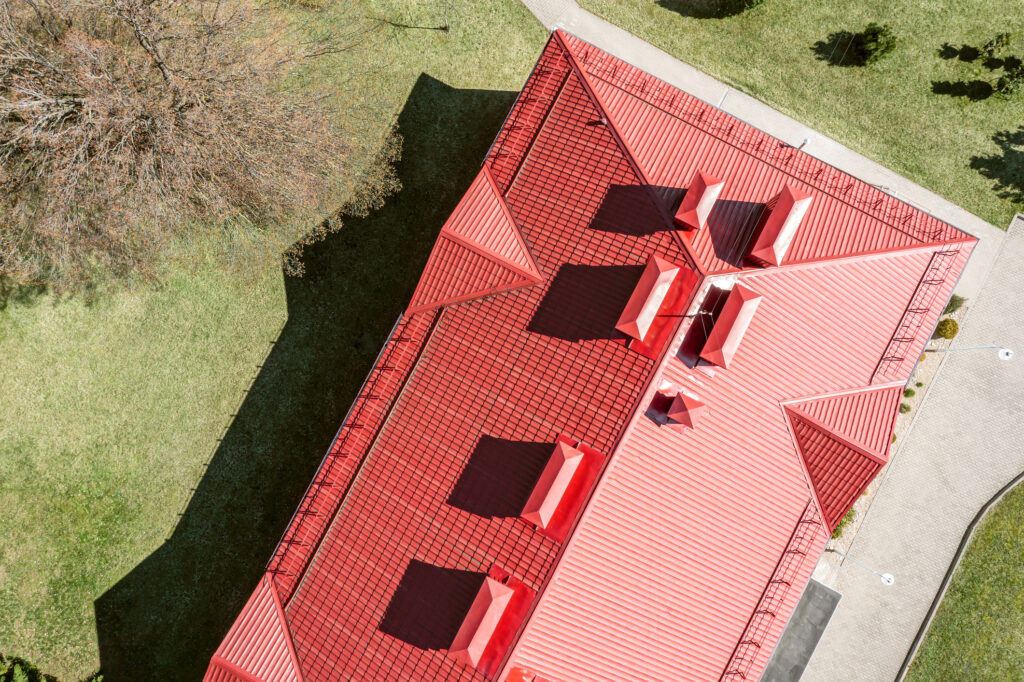With increasingly unpredictable weather patterns and the growing threat of wildfires, the importance of property resilience measures cannot be overstated. Implementing such measures help to fortify properties against natural disasters, minimize the potential damages, reduce downtime, and increase property value. The lone “miracle house” that survived relatively unscathed after the Maui fire while the houses around it were devastated, serves as a prime example of how property resilience measures can make a difference when disaster strikes.
The article, “‘Miracle house’ owner hopes it will serve as a base for rebuilding Lahaina” published by NPR on August 24, 2023, shows that a single house in Lahaina, Hawaii, remained standing after the Maui fire because owners had recently installed a metal roof, placed stones around the house, and removed surrounding vegetation that would have served as kindling. The owners’ upgrades met wildfire guidance, which ultimately helped to preserve it when properties all around were destroyed. In this case, a picture is worth a thousand words and the image of the lone, red-roofed house shows the extent to which property resilience measures could protect a home.
Additional Benefits of Property Resilience
As wildfires, hurricanes, and other natural disasters become more frequent and severe, property owners must embrace proactive strategies to ensure their properties are as secure as possible. In addition to protecting a property from damages and potential downtime, implementing resilience measures may have additional benefits, such as helping to reduce property insurance rates, or getting insured in an area that would otherwise be designated as uninsurable.
Partner Energy President, Tony Liou, recently contributed an article to GlobeSt on the subject of how property resilience could serve to reduce financial risk to insurers as well as owners and investors. As insurers flee certain markets prone to natural disasters, accounting for property resilience measures might be a way for insurers to reconsider where and to whom they might offer policies.
In the meantime, it is up to property owners and investors to assess which climate hazards might impact their properties, and then analyze whether their properties already have the property resilience measures in place or could benefit from additional upgrades. Taking the ‘miracle house’ in Maui as an example, it is easy to see the advantages of being proactive when it comes to resiliency.
Partner Energy provides Climate Hazard and Property Resilience Assessments to help owners not only identify regional climate hazards, but also recognize property-specific risks. Our team of engineers, architects, and building scientists analyze properties on the asset-level to recommend resilience measures while taking into consideration the client’s risk tolerance and investment goals.
Contact us today to learn how Partner Energy can help make your property more resilient.
